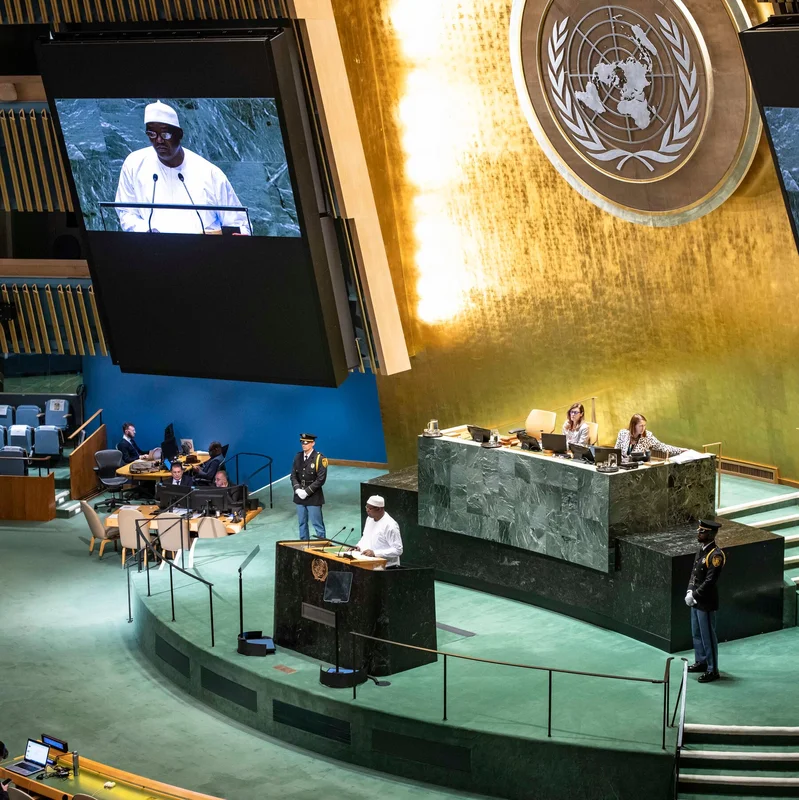James Comey, the former FBI director who once led the Russia investigation into Donald Trump’s 2016 campaign, pleaded not guilty Wednesday in a federal courtroom in Alexandria, Virginia—marking the opening act of what could become one of the most politically charged legal battles in modern American history.
Table of Contents
- What Happened at the Arraignment?
- The Murky Charges Against Comey
- The Controversial Prosecutor Behind the Case
- Comey’s Defense Strategy: Vindictive Prosecution?
- Meet Judge Michael Nachmanoff
- What Happens Next?
- Sources
What Happened at the Arraignment?
On the morning of October 8, 2025, James Comey appeared calm and composed as he entered the Albert V. Bryan U.S. Courthouse. Dressed in a dark suit, he sat at the defense table more than 20 minutes before the hearing began. His wife and family were present in the gallery.
Comey’s lead attorney, Patrick J. Fitzgerald—the former U.S. Attorney known for prosecuting high-profile terrorism and corruption cases—entered a formal plea of not guilty on his client’s behalf and immediately requested a jury trial.
U.S. District Judge Michael S. Nachmanoff set the trial date for January 5, 2026. Notably, Comey was not taken into custody and faces no restrictions on his release.
The Murky Charges Against Comey
Comey faces two federal charges stemming from his September 30, 2020, testimony before the Senate Judiciary Committee:
- Making a false statement (18 U.S.C. § 1001)
- Obstruction of a congressional proceeding (18 U.S.C. § 1505)
The indictment alleges that Comey falsely denied authorizing “someone else at the FBI” to serve as an anonymous source for news reports about an FBI investigation. But here’s the twist: the two-page document never identifies:
- Who “Person 1” (the alleged leaker) is
- Who “Person 3” (the subject of the investigation) is
- Which reporter or news outlet was involved
- What specific statement was false in Count 2
“We still haven’t been told precisely what is in count 1 or count 2,” Fitzgerald told the court.
The Controversial Prosecutor Behind the Case
The charges were filed by Lindsey Halligan, a 36-year-old Trump loyalist who until recently served as a personal attorney to the former president and a midlevel White House staffer.
Halligan has zero experience as a federal prosecutor. Her legal background is primarily in Florida insurance law. She was installed as interim U.S. Attorney for the Eastern District of Virginia after President Trump forced out her predecessor, Erik Siebert, who had concluded there wasn’t enough evidence to indict Comey.
Since her appointment, two senior career prosecutors were fired for objecting to the case, and Halligan has had to borrow prosecutors from North Carolina to staff the trial.
Comey’s Defense Strategy: Vindictive Prosecution?
Fitzgerald announced plans to file two pretrial motions:
- A motion to dismiss based on vindictive and selective prosecution, citing Trump’s repeated public demands that Comey be jailed.
- A motion challenging Halligan’s appointment as unlawful.
Trump hasn’t been shy: on Truth Social last month, he declared, “HE LIED! It is not a complex lie… There is no way he can explain his way out of it.” Legal experts say such statements could bolster Comey’s claim that the case is politically motivated.
Meet Judge Michael Nachmanoff
Presiding over the case is Judge Michael S. Nachmanoff, a Biden appointee confirmed in 2021 with bipartisan support—including from Senator Lindsey Graham, who chaired the 2020 hearing now at the heart of the indictment.
Nachmanoff has deep roots in the Alexandria courthouse: he clerked for Judge Leonie Brinkema in the 1990s and later led the federal public defender’s office for over a decade. His background gives him rare insight into both sides of the justice system.
During the arraignment, he expressed skepticism about prosecutors’ claim that the case is complex: “This does not appear to me to be an overly complicated case.”
What Happens Next?
The defense will file its motions by October 20, with government responses due by November 20. If the judge doesn’t dismiss the case, jury selection begins in early January.
Meanwhile, the political fallout continues. Outside the courthouse, protesters held signs reading “Show trial” and “Trumped-up charges.” Inside, the legal battle has already exposed deep fractures within the Justice Department.



